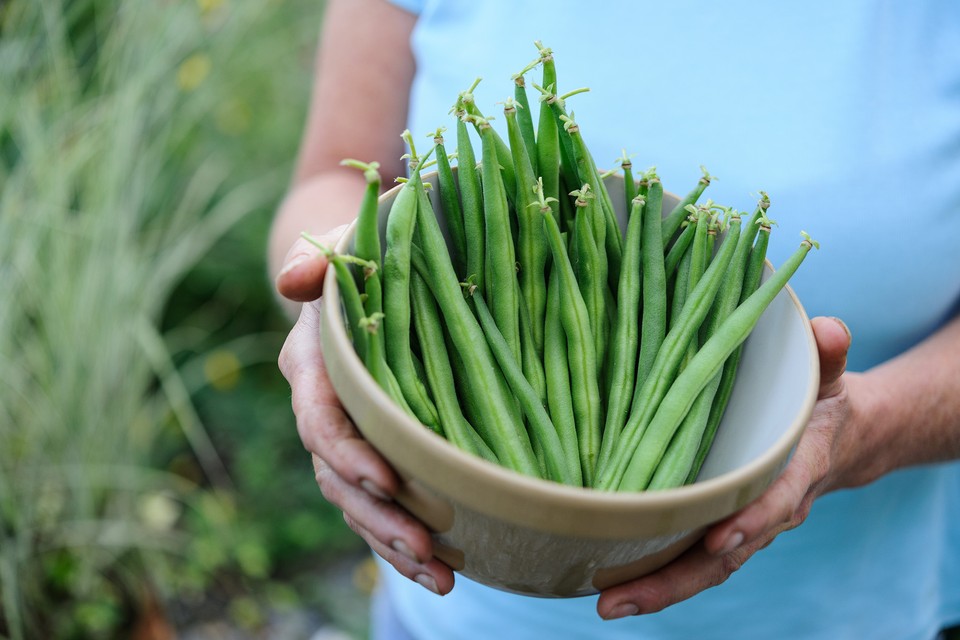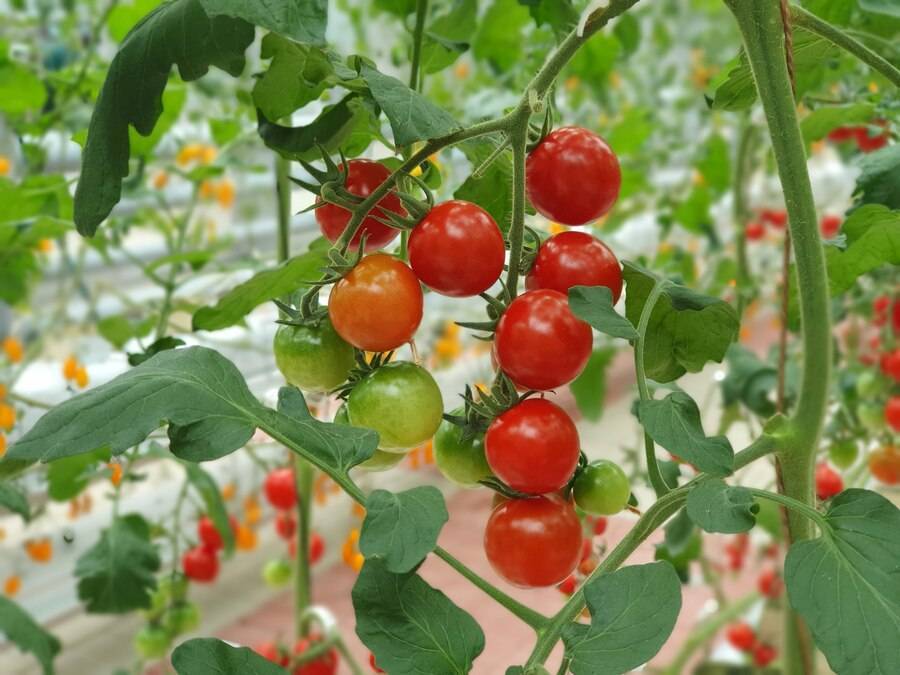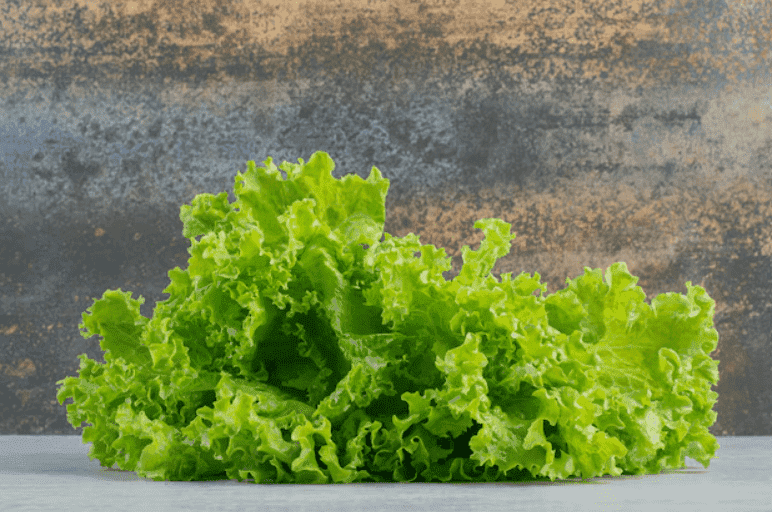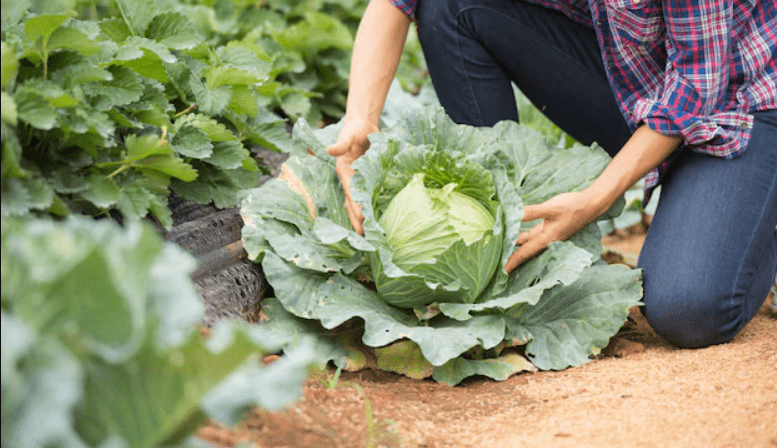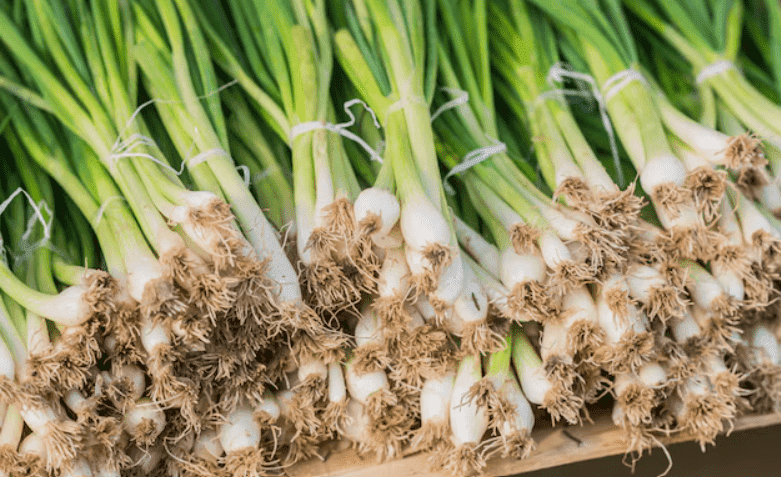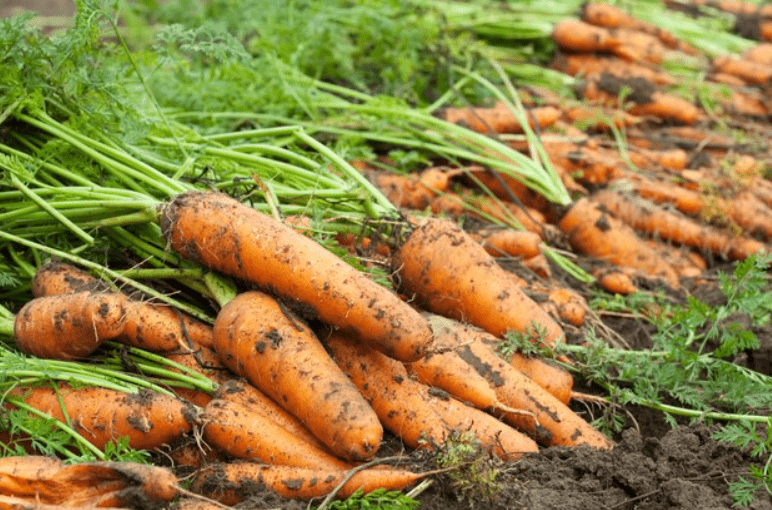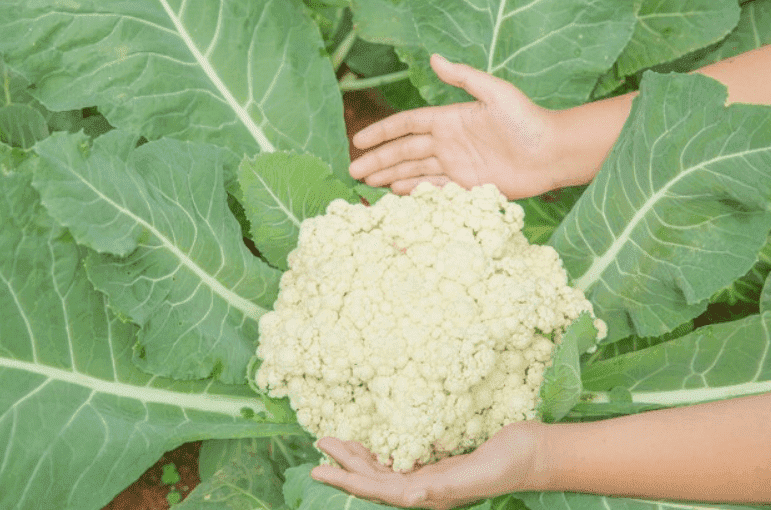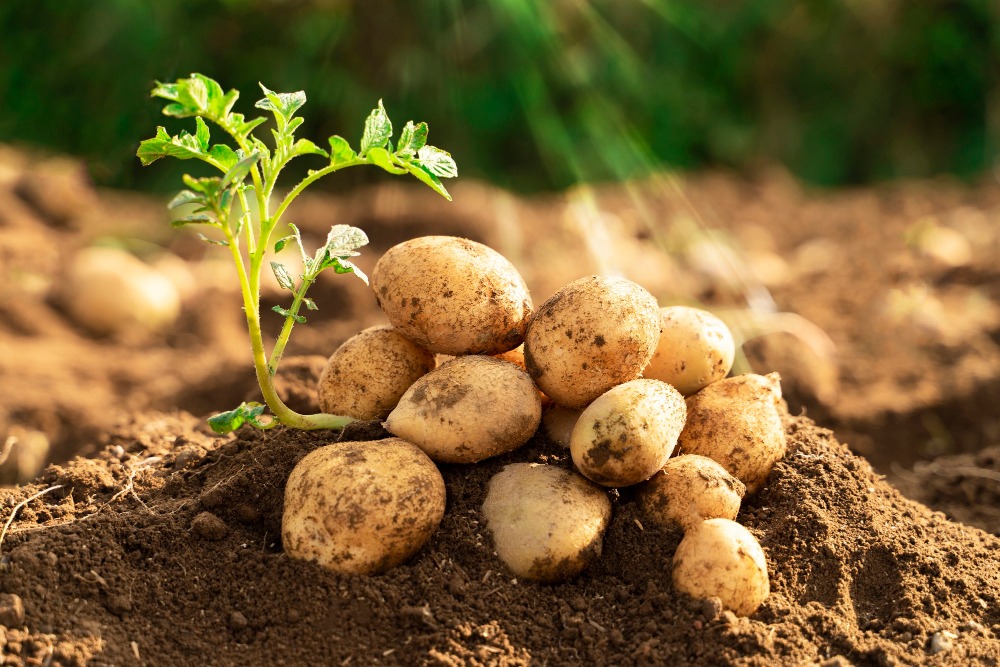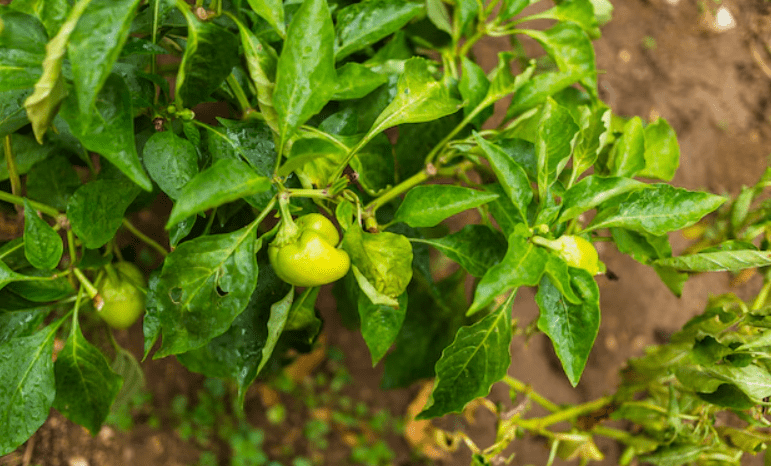French beans (Phaseolus vulgaris) are easy to cultivate and suitable for gardens of all sizes. You can choose between tall climbing varieties or compact dwarf types. Plant them directly in the ground or in pots placed in a sunny, sheltered spot to enjoy a summer yield of tender, string-free pods.
Dwarf types grow quickly and work well in containers while climbing beans thrive on vertical supports and tend to produce over a longer season. You can easily sow them from seed in late spring or early summer. Keep the soil consistently damp to ensure healthy growth and a generous harvest. Be sure to pick the pods regularly, as frequent harvesting encourages continuous production.
Table of Contents
ToggleGrowing French Beans from Seeds
French beans thrive in a sunny, sheltered spot with rich, well-draining soil that holds moisture. They struggle in dense clay soils, so it’s best to improve the ground beforehand by mixing in plenty of well-rotted compost or organic material.
Since French beans are sensitive to cold, sow seeds indoors from April onwards. Move young plants outdoors only after the danger of frost has passed, usually by late May or early June. To maintain a steady harvest throughout autumn, continue sowing fresh seeds every three weeks until early summer. You can also sow seeds directly outside later in the season, but be sure to cover the seedlings with a cloche or fleece to protect your plants from frost.
Dwarf varieties, spaced about 15cm apart, don’t need any support. Climbing types, on the other hand, look especially charming when grown alongside sweet peas on a cane wigwam in flower beds or garden borders.
Caring for Your French Beans
Ensure the supports for climbing French beans are sturdy enough to withstand gusty winds. During dry periods, water is regularly applied to boost flower growth and encourage pod development.
Begin harvesting beans from July to October. Regular picking helps the plant continue producing more pods. Use scissors to gently snip off the beans. Always cook French beans before eating, as raw ones contain a natural toxin called phytohaemagglutinin, which must be destroyed through heat.
As summer draws to a close, let a few pods mature fully on the plant if you’d like to collect haricot beans or save seeds for the next growing season. When the pods turn brown and make a rattling sound, remove them and place them in a warm, dry spot, such as a sunny windowsill. Once dry, break open the pods and store the beans in a container for use in the months ahead. Keep a few in a labeled paper envelope for sowing the following year.
French beans don’t require additional feeding. In fact, they enrich the soil by increasing nitrogen levels. In autumn, cut the plants just above ground level, leaving the roots in place to break down naturally and fertilize the soil. The remaining plant tops can be tossed into the compost bin.
Harvesting and Storing French Beans
To enjoy fresh, tender French beans, start picking them as soon as they reach a suitable size, usually around eight weeks after sowing. Use scissors to snip them off cleanly. The more often you harvest, the more the plant will continue to produce new pods.
If you’re not planning to eat the entire harvest right away, blanch the beans in boiling water for a couple of minutes, then cool and freeze them for later use.
Common Pests and Problems With French Beans
Once established, French beans are generally hardy and trouble-free, but if you’re learning how to grow French beans, it’s helpful to know which pests and diseases might pop up along the way.
Bean Mosaic Virus
This virus often causes leaves to appear puckered and pods to grow twisted or deformed. Aphids commonly spread it. Keep aphid populations under control and remove any plants showing severe symptoms to stop them from spreading.
Black Bean Aphids and Blackfly
These pests gather around the tips of new shoots, sucking out sap and weakening the plant. They can damage leaves and flowers, reducing bean yields. Squash small colonies by hand and attract natural predators, such as ladybirds, to keep them in check.
Slugs and Snails
Young bean seedlings and low-hanging pods are especially vulnerable to slug and snail damage. Hand-pick them in the evening, use grit or crushed eggshells around plants, and make your garden a welcoming spot for natural predators, such as frogs, toads, and hedgehogs.
Best French Bean Varieties to Grow
When exploring how to grow French beans, choosing the right variety is key. Whether you prefer compact dwarf types or tall climbers, there’s something to suit every garden.
Dwarf Varieties
‘Borlotto’ – Known for its vibrant, mature pods, this variety is perfect for drying. The beans have a lovely flavor and pleasing texture.
‘Purple Teepee’ – Offers generous yields of striking purple pods that grow up to 15cm long.
‘Sonesta’ – A stringless option producing attractive yellow beans reaching around 13cm in length.
Climbing Varieties
‘Borlotto Lingua di Fuoco Nano’ – A stunning Italian variety with red-streaked pods that stand out in the garden.
‘Hunter’ – Delivers heavy crops of flat, stringless pods up to 20cm long, with strong resistance to common diseases.
‘Sansoucy’ – Grows to about 45cm tall and produces long pods (up to 30cm) that stand above the foliage for easy picking.

